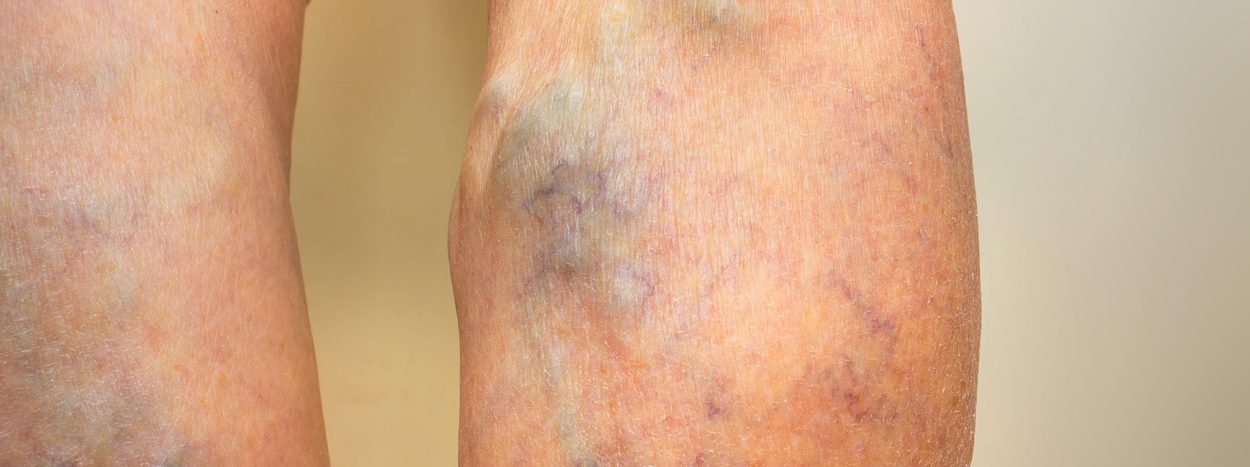Varicose veins are bulging, twisted veins that can appear just below the surface of the skin, usually on the lower legs. They are the result of vein disease that allows blood to pool in leg veins. Varicose veins are unsightly and may cause symptoms. In some cases, untreated severe varicose veins can cause serious complications. Fortunately, vein treatment can effectively reduce the appearance and symptoms of varicose veins.
Varicose veins are one of the most common vein conditions affecting the legs. In fact, up to 35 percent of people in the United States have varicose veins, according to the Society for Vascular Surgery.
About Varicose Veins
Varicose veins affect the blood vessels. Arteries carry blood from the heart to the rest of the body, and veins carry the blood back to the heart. Gravity helps arteries move blood downward, but gravity makes it harder for veins to carry blood upwards. To deal with this, there are tiny valves inside the veins. These valves open and close to trap blood in segments of the vein in between heartbeats.
Sometimes the veins and valves fail, though, and blood seeps backward in between heartbeats. As the blood moves backward, or refluxes, it accumulates in the veins of the lower legs. These veins respond by bloating and twisting. When this happens in veins close to the skin, a varicose vein appears.
Varicose veins may cause symptoms, such as an achy or heavy feeling in the legs, burning, itching, muscle cramping and throbbing.
Some people are more likely to develop varicose veins than are others and certain factors can increase a person’s risk for developing varicose veins. Risk factors for varicose veins include:
- Heredity
- Female gender
- Pregnancy
- Hormones
- Age
- Occupations requiring prolonged standing or sitting
- Obesity
- Injury
In most cases, varicose veins are a cosmetic problem, which means they are unsightly but do not cause any serious medical problems. Sometimes, though, complications of varicose veins can be serious.
Poor circulation associated with varicose veins means that somebody cells and tissues may be exposed to natural toxins produced by the body. Arteries carry blood that is rich in oxygen; cells use this oxygen to function and, in the process, create carbon dioxide and toxins. Poor circulation means that these toxins remain in tissues. Over time, the tissues can break down to create painful sores, known as stasis ulcers. Poor circulation to the lower legs also means these sores are vulnerable to infection and may heal slowly.
Vein Treatment for Varicose Veins
Specialists known as vein doctors, also known as vein surgeons or vascular surgeons, have special expertise in vein health. These vein surgeons perform a variety of vein treatment procedures to reduce the appearance and symptoms of varicose veins and other types of vein diseases.
Endovenous Laser Treatment (EVLT) is an FDA-approved, custom-designed option for the treatment of varicose veins. This outpatient procedure uses the power of light energy to irritate the interior lining of the affected vein. The treated vein closes and eventually breaks apart. The body routes blood through other veins and nearby tissue absorbs the remnants of the treated vein. Patients can get up and walk around immediately after the procedure.
For more information about varicose veins, vein health, and vein treatment, make an appointment with a vein doctor.

